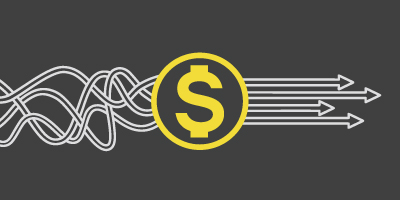Short-term vs long-term pricing analysis
At first glance the notion of price elasticity of demand looks fairly reasonable, tractable even. Elasticity gives the percentage change in quantity demanded in response to a one percent change in price.
Putting aside a couple of odd situations where an increase of price creates an increase of demand, in the vast majority of situations, the elasticity is negative: demand decreases as price increases.

Most of the pricing literature indicates that price elasticity is a very desirable metric, because, through its analysis, it becomes possible to calculate the optimal price, that is, the price that maximizes the margin.
However, as far commerce is concerned, we observe that price elasticity is a misleading metric, even when measured correctly - which is also a tough challenge.
Indeed, for about any commerce, most elasticity analysis tend to show that prices can be increased and it won’t impact much the demand. Worse, if a small scale A/B test is carried out, the test will confirm the analytical insight provided by the elasticity analysis.
And yet, the conclusion is plainly (deadly) incorrect.
Pricing is a signal sent to the market, and the market is made of habits. Only the most price-sensitive buyers do the effort of systematically checking the price of the competition. Most buyers do it only once in a while.
If your commerce were to increase all its prices by 20%, what would happen for the next 2 weeks? For most commerce, not much. Yet, within a couple of months, market shares would decline rather abruptly - unless the pricing shift is part of complete rebranding in order to reach richer segments.
In the short-term, demand tends to be fairly inelastic because habits dominate. In the long-term, it’s the opposite: it’s almost impossible to maintain a higher price than the competition if the package (product + service) is the same.
From a pricing perspective, it’s important not to be fooled by short-sighted quantitative analysis. Price elasticity is relevant, but by construction, it is short-signed because it ignores that commerce is a repeated game where the goal is not to maximize the margin of the next client purchase, but rather optimize the market shares that offer the best sustainable margins.


